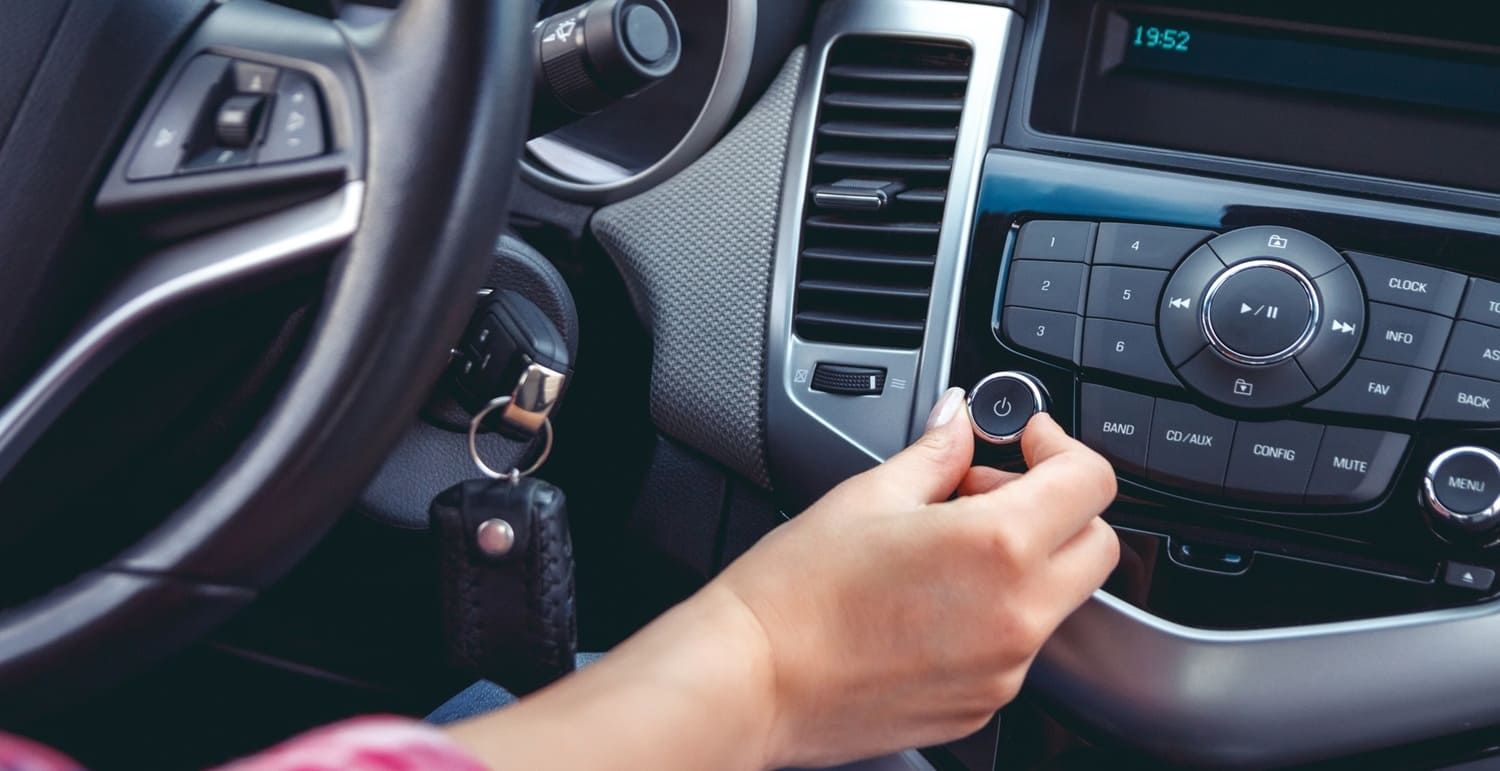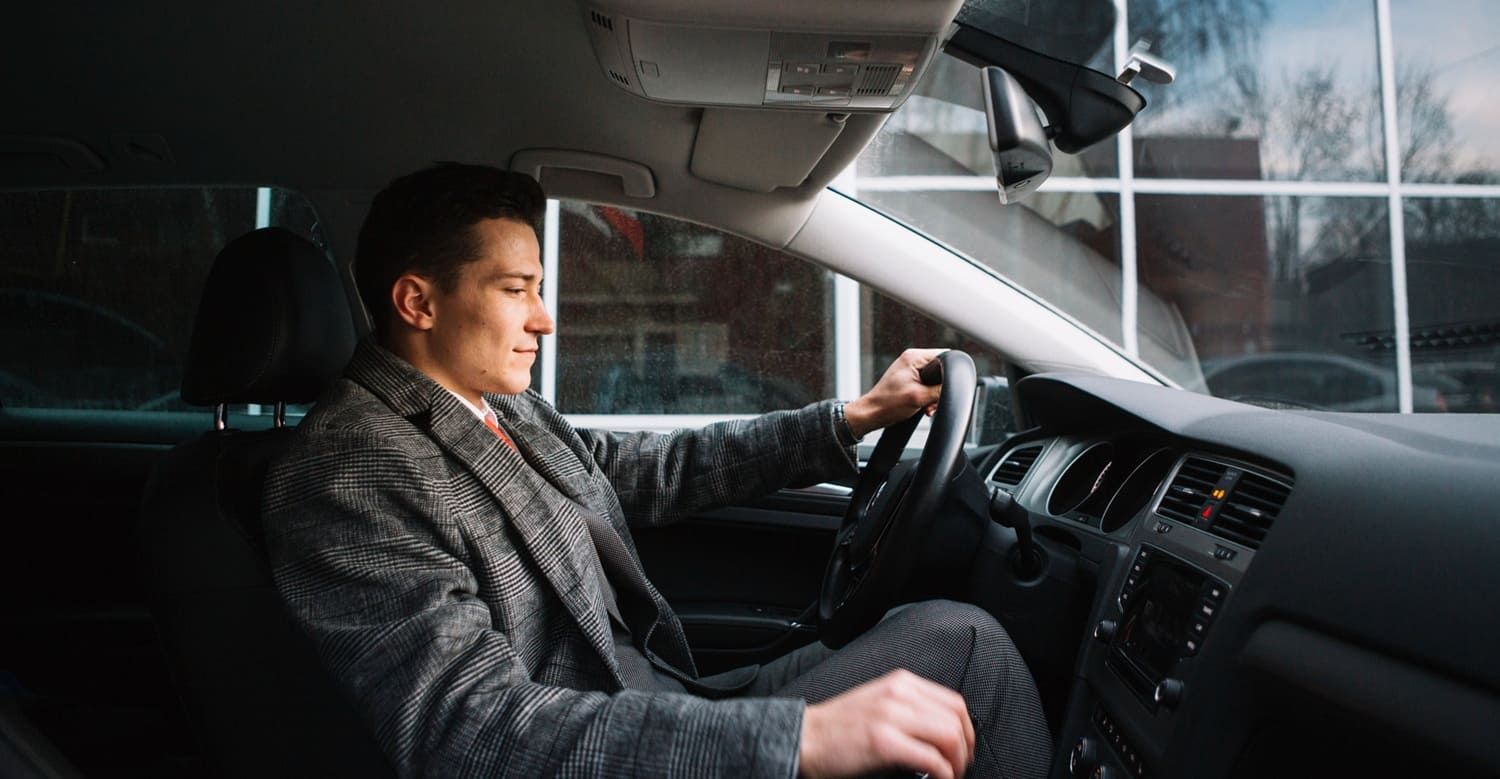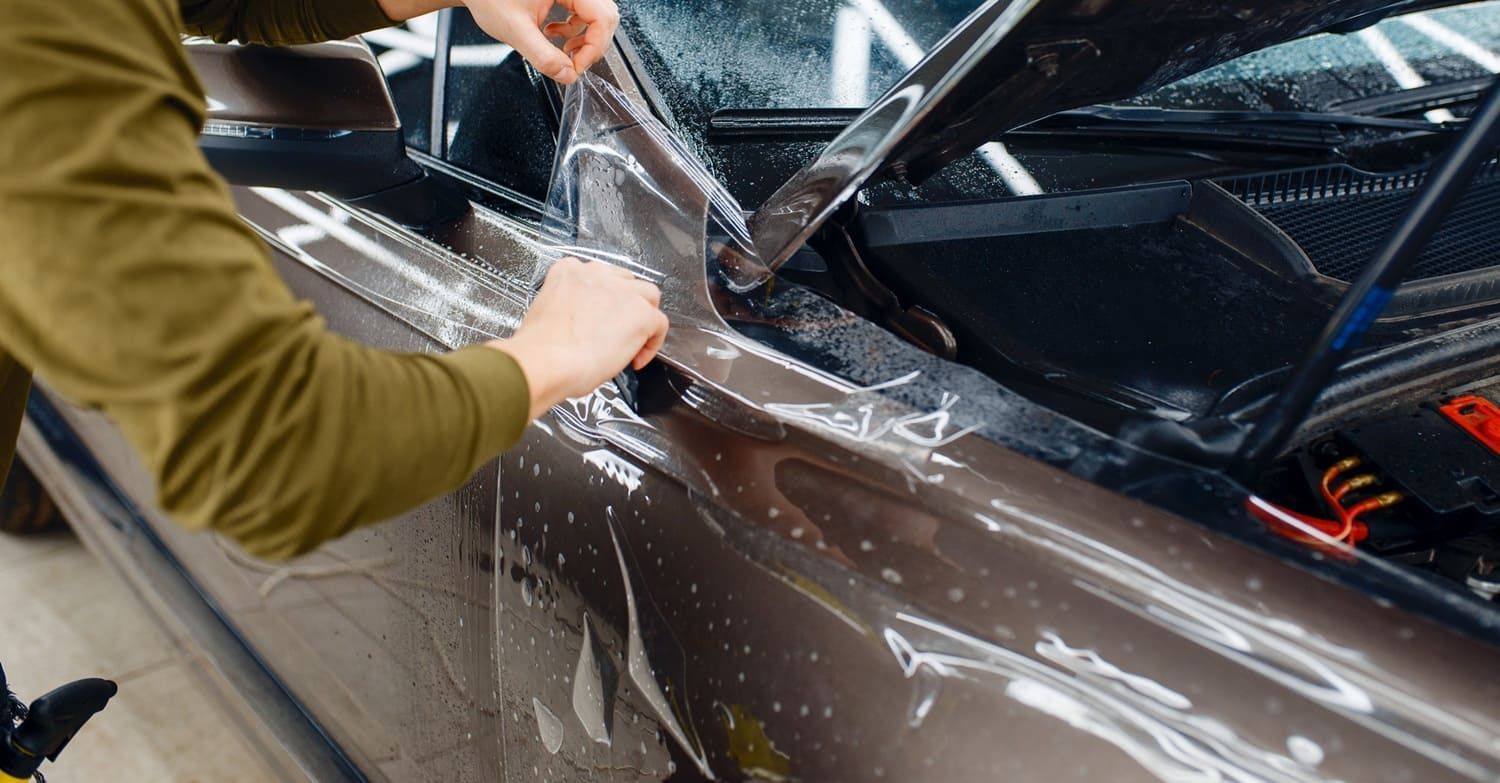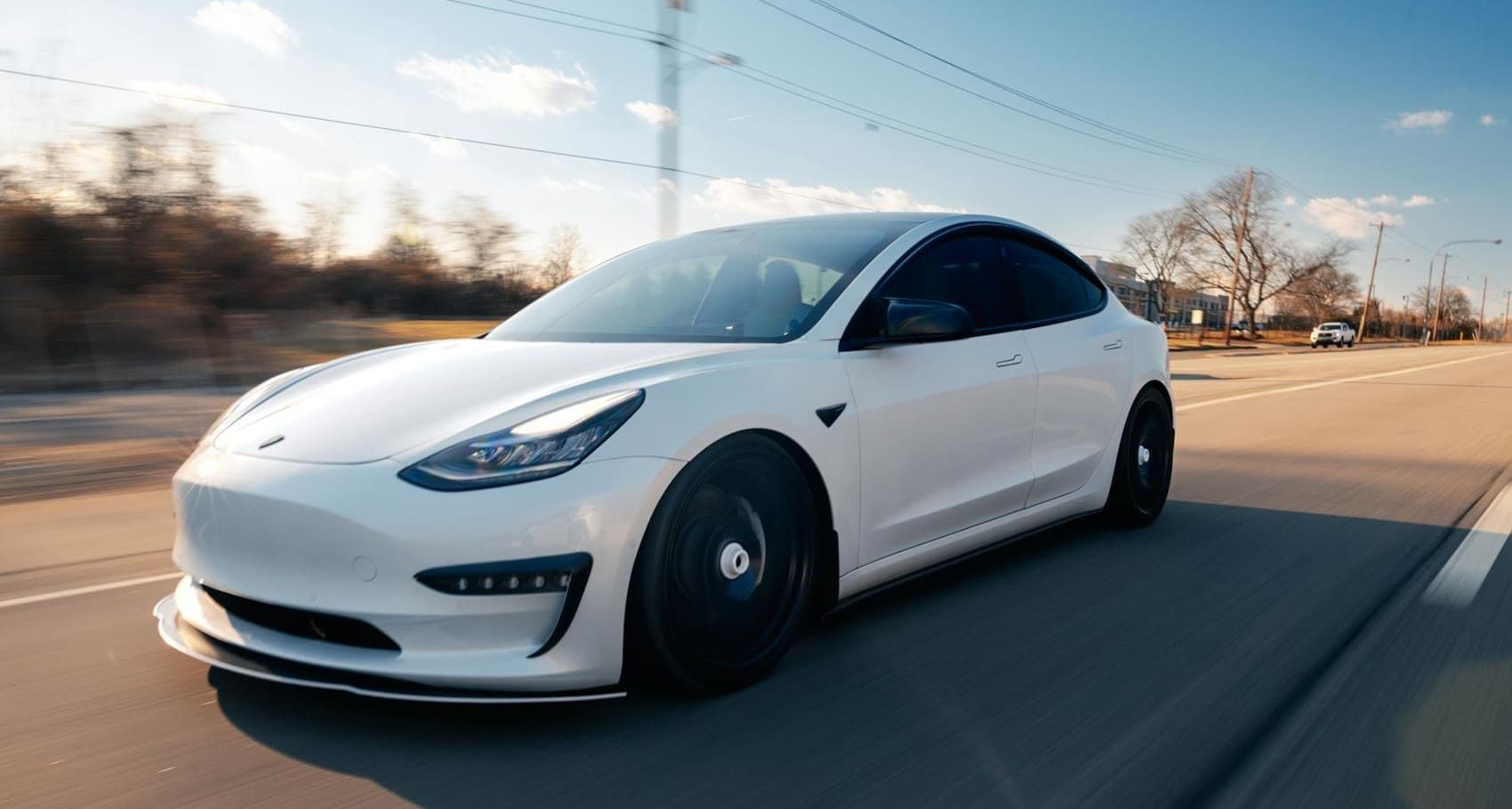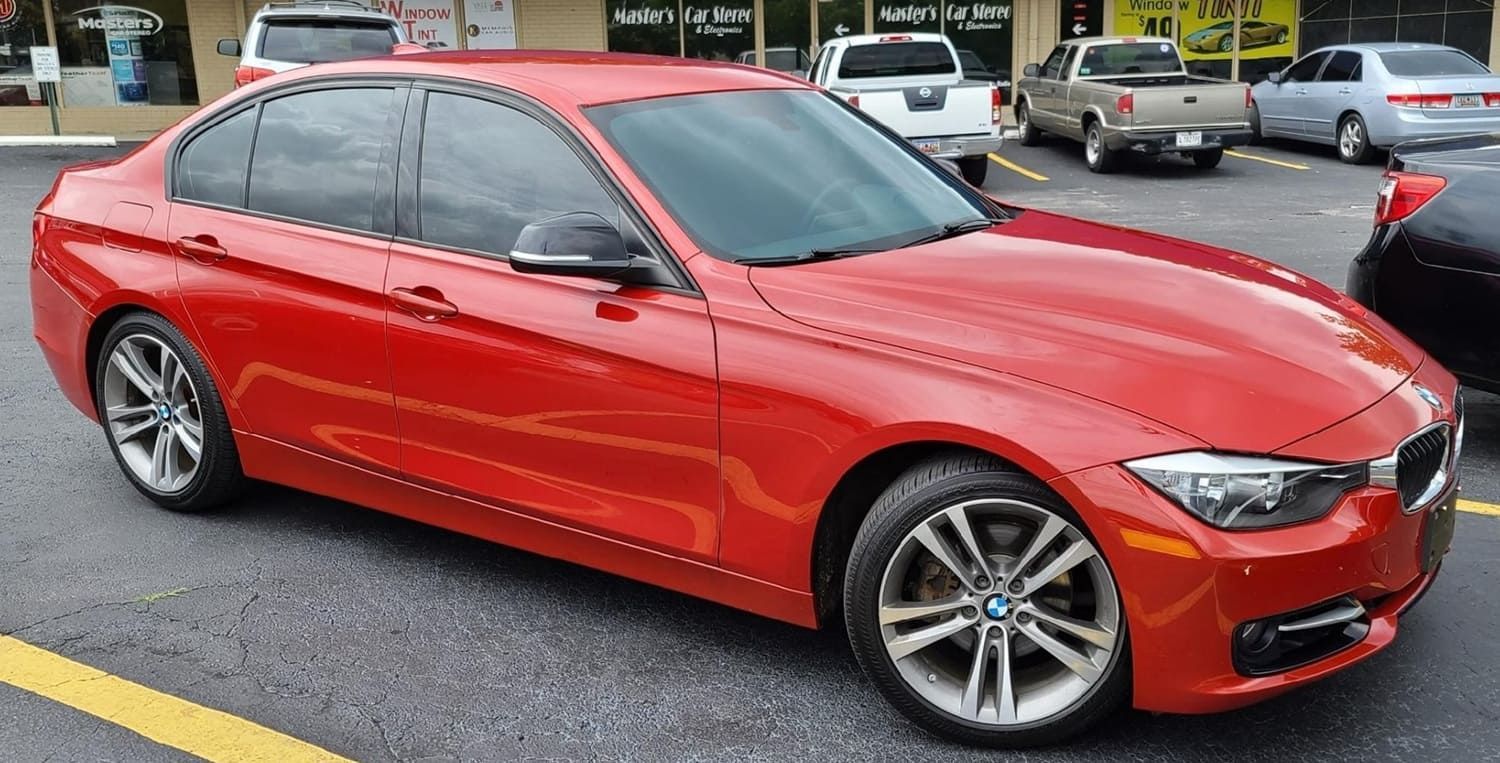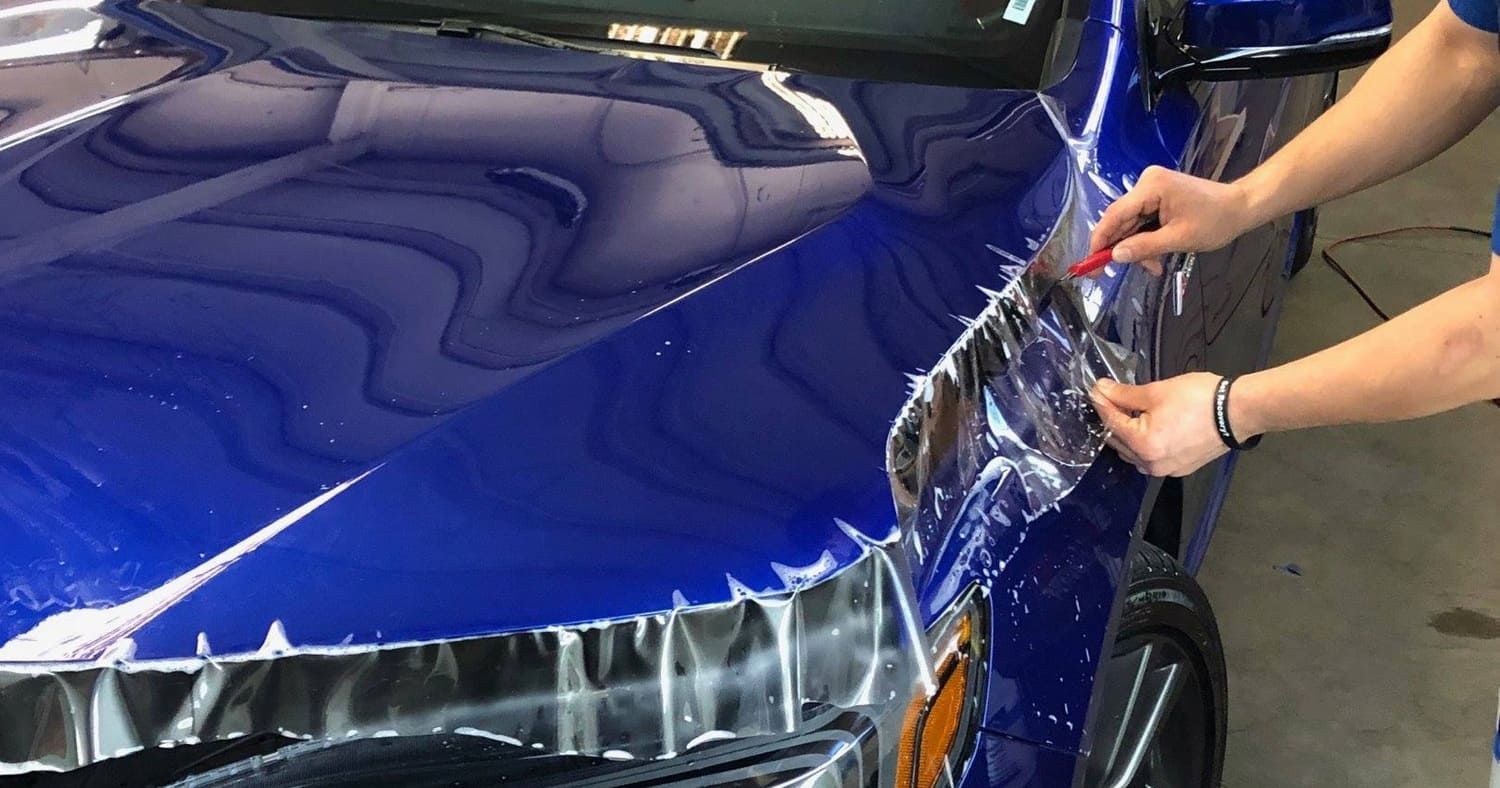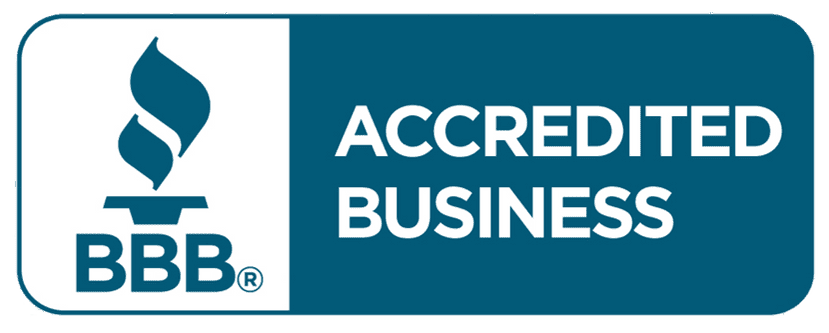What to Expect During the PPF Application Process
The PPF application process involves several key steps to ensure that your vehicle receives the best possible protection. Here's what you can expect:

Step 1: Initial Consultation
The process begins with an initial consultation where you discuss your needs and expectations with a professional installer. This is your opportunity to ask questions about the types of PPF available, the coverage options, and the costs involved. The consultation is also a chance to learn about the specific benefits of different PPF brands and their durability, as well as to discuss any additional services the installer might offer, such as ceramic coating. Engaging in this dialogue helps set clear expectations and ensures that the installer understands your personal preferences and requirements.
During this stage, you can also assess the professionalism and knowledge of the installer. By asking about their experience and previous projects, you gain insights into their expertise and reliability. This step is crucial in establishing a relationship built on trust and transparency, which is essential for a successful installation. Furthermore, discussing your budget constraints can help tailor the PPF application to fit your financial situation without compromising on quality.
Step 2: Vehicle Inspection
Before applying the film, the installer will inspect your vehicle. They will look for any existing damage, such as scratches or dents, that might affect the PPF's adherence. Any issues found will need to be addressed before proceeding. This inspection is critical as it ensures that the PPF will adhere properly and that the final appearance will be smooth and flawless.
In addition to checking for damage, the installer will also evaluate the condition of the paint and any previous treatments that might have been applied to the vehicle. This helps in determining the appropriate cleaning and preparation methods needed to optimize the PPF's adhesion. A thorough inspection not only prevents future issues but also enhances the longevity and effectiveness of the film, ensuring that your investment is well-protected.
Step 3: Surface Preparation
Surface preparation is critical for a successful PPF application. The vehicle's exterior must be thoroughly cleaned to remove dirt, grease, and other contaminants. This often involves washing, claying, and using special cleaning solutions to ensure the surface is pristine. Proper surface preparation prevents impurities from getting trapped under the film, which could lead to unsightly bubbles or imperfections.
The cleaning process may also include decontamination steps to remove any waxes or sealants previously applied to the paint. These substances can hinder the film's ability to adhere correctly. By meticulously preparing the surface, the installer creates a clean canvas that maximizes the performance and aesthetic appeal of the PPF, ensuring that it bonds seamlessly with the vehicle's exterior.
Step 4: Film Selection and Cutting
Based on the consultation, the installer will select the appropriate film. High-quality PPF is usually custom-cut using precision tools or software to match the specific dimensions and contours of your vehicle. This customization is crucial for achieving a perfect fit and ensuring that the film covers all vulnerable areas without leaving gaps.
The selection process also involves choosing the film's finish, such as matte or glossy, based on your aesthetic preferences. Advanced cutting technologies allow for precision and accuracy, reducing waste and ensuring that each piece of film is perfectly shaped to the vehicle's unique features. This attention to detail is what sets professional installations apart, delivering a bespoke finish that enhances the vehicle's appearance.
Step 4: Film Selection and Cutting
Based on the consultation, the installer will select the appropriate film. High-quality PPF is usually custom-cut using precision tools or software to match the specific dimensions and contours of your vehicle. This customization is crucial for achieving a perfect fit and ensuring that the film covers all vulnerable areas without leaving gaps.
The selection process also involves choosing the film's finish, such as matte or glossy, based on your aesthetic preferences. Advanced cutting technologies allow for precision and accuracy, reducing waste and ensuring that each piece of film is perfectly shaped to the vehicle's unique features. This attention to detail is what sets professional installations apart, delivering a bespoke finish that enhances the vehicle's appearance.
Step 5: Application
The application is the most critical part of the process. The installer will carefully lay the film onto the vehicle's surface. This requires skill to ensure there are no bubbles or imperfections. The film is then adjusted and smoothed out, often using heat to help it conform to the vehicle's shape. The heat helps activate the adhesive, allowing the film to settle and bond securely to the surface.
During the application, the installer may use various tools like squeegees and heat guns to manipulate the film and remove any trapped air or moisture. This meticulous approach ensures that the film is applied evenly and that it seamlessly integrates with the vehicle's design. The precision required in this step underscores the importance of choosing a skilled professional to achieve a flawless finish.
Step 6: Curing and Inspection
Once the PPF is applied, it needs time to cure. This curing process allows the adhesive to fully bond with the vehicle's surface. After curing, the installer will perform a final inspection to ensure the film is applied correctly and that there are no issues. This inspection is vital to catch any last-minute imperfections or adjustments needed to ensure the film's longevity and performance.
The curing period can vary depending on environmental conditions and the specific PPF used. It is essential to follow the installer's guidelines during this time to avoid disturbing the film. The final inspection often involves checking for uniform adhesion and the absence of air bubbles, ensuring that the PPF provides maximum protection and a pristine appearance.
How Is PPF Installed?
The installation of PPF is a meticulous process that requires professional expertise. Here are some details about the methods used during installation:
- Wet Application Method: This is the most common technique, where a solution is sprayed onto the vehicle's surface and the adhesive side of the film to allow for repositioning during application. This method offers flexibility, enabling the installer to adjust the film until it fits perfectly, minimizing errors and ensuring complete coverage.
- Dry Application Method: Less common, this method involves applying the film directly to a dry surface. It requires precise placement as there is less flexibility for adjustments. While it can be faster, it demands a high level of skill and experience to avoid misalignment or trapped air, making it suitable for smaller or simpler sections of the vehicle.
Both methods require the installer to be skilled in handling the film without causing any damage or leaving imperfections. Mastery of these techniques ensures that the PPF provides seamless protection and enhances the vehicle's aesthetic appeal. Choosing the right method depends on the vehicle's design and the specific areas being covered.
Benefits of Professional PPF Installation
Choosing a professional installer for your PPF application ensures several benefits:
- Expertise: Professionals have the experience and tools necessary to apply the film correctly and efficiently. Their expertise reduces the risk of errors that could compromise the film's appearance or protective properties, ensuring that you get the best value from your investment.
- Quality Assurance: Professional installations often come with warranties, providing peace of mind that the film will perform as expected. This assurance means that in the unlikely event of a problem, you have support to address it, safeguarding your investment in the long term.
- Time-Saving: A professional can complete the installation much faster than a DIY attempt, reducing the time your vehicle is out of commission. This efficiency is especially important for those who rely on their vehicle daily, minimizing disruption and ensuring a quick return to the road.
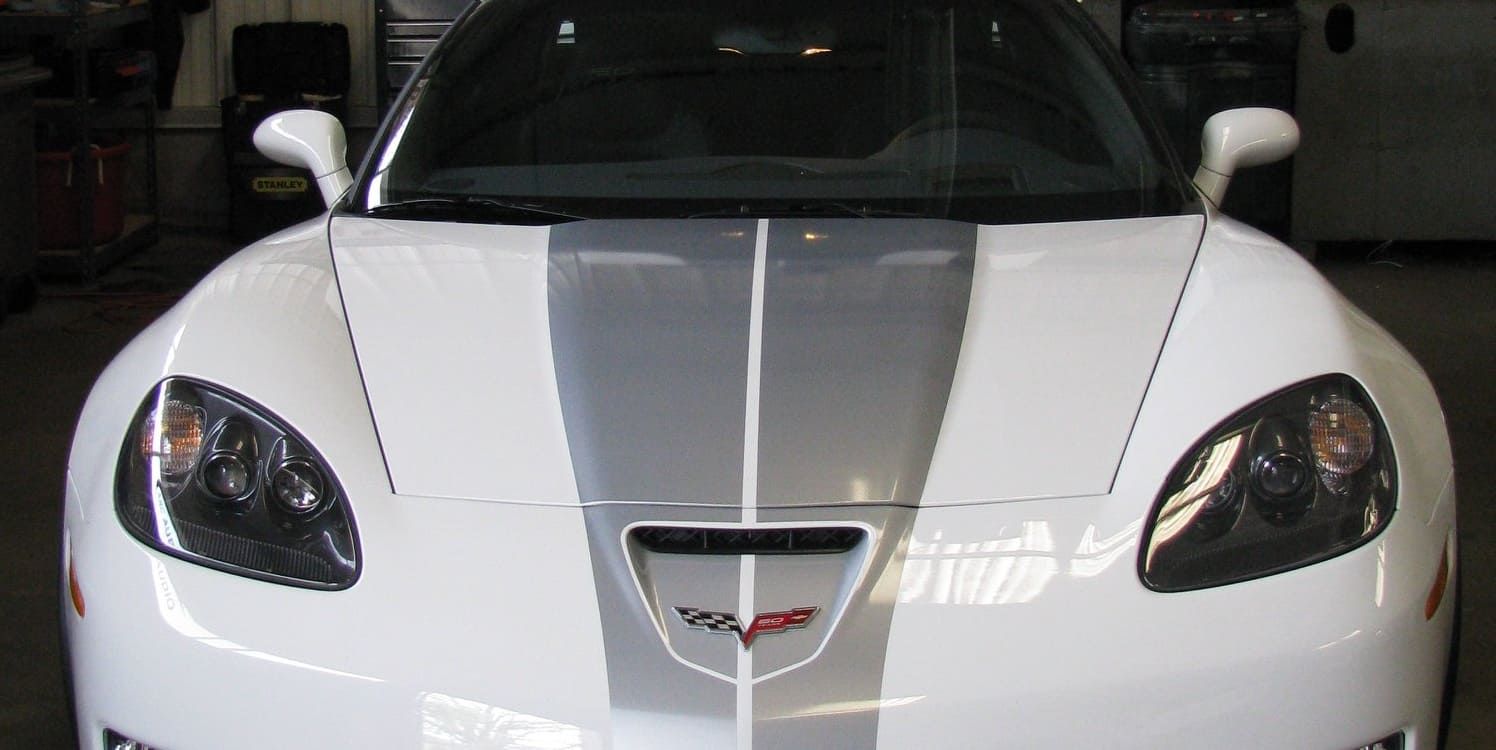
Finding PPF Installation Near You
When searching for "PPF near me," consider the following tips to ensure you choose a reliable service provider:
Research and Reviews
Start by researching local PPF installers online. Look for customer reviews and ratings to get an idea of their reputation and service quality. Websites like Yelp and Google Reviews can be helpful resources. Reading multiple reviews can provide a balanced view of the installer’s strengths and areas for improvement, helping you make an informed choice.
Pay attention to any recurring themes in the reviews, such as comments on the installer's professionalism, punctuality, and attention to detail. A consistent track record of positive feedback often indicates a reliable service provider. Additionally, check for any responses from the business to the reviews, as this can reflect their commitment to customer satisfaction and quality service.
Ask for Recommendations
Word of mouth is a powerful tool. Ask friends, family, or colleagues if they have any recommendations for PPF installers in your area. Personal experiences can provide valuable insights into the installer's work quality and customer service. Recommendations from trusted sources can often lead you to hidden gems that might not be as visible online.
Engage in conversations about their overall experience, the quality of the work, and the durability of the PPF over time. These firsthand accounts can be more reliable than anonymous online reviews, offering a more nuanced perspective on what you can expect from the service provider.
Visit the Shop
Before making a decision, visit the installer's shop. This will give you a chance to see their work environment and ask questions about their process and experience. A reputable installer will be happy to discuss their methods and show you examples of their work. Observing their workspace can also give you an idea of their attention to cleanliness and organization, which are critical for high-quality installations.
During your visit, take the opportunity to see the films they use and check their certifications or affiliations with well-known PPF brands. This can further assure you of their credibility and commitment to using quality materials. Seeing their past work can also help you visualize the results you can expect for your vehicle.
Compare Quotes
Get quotes from multiple installers to compare prices and services. While cost is important, it shouldn't be the only factor in your decision. Consider the quality of the film and the installer's reputation as well. A slightly higher investment in a reputable installer can save you money in the long run by avoiding issues that might arise from a poor installation.
When comparing quotes, be sure to understand what each includes, such as the type of film, the extent of coverage, and any additional services like warranties or maintenance packages. This will help you make a comprehensive comparison and choose the option that offers the best overall value.
Preparing Your Vehicle for PPF Installation
To ensure the best results from your PPF installation, there are a few steps you can take to prepare your vehicle:
- Clean the Exterior: While the installer will clean your vehicle, starting with a clean car can help streamline the process. Removing any loose dirt or debris beforehand can make the professional cleaning more efficient and effective.
- Repair Damage: Address any minor scratches or dents that could affect the film's adhesion before your appointment. Fixing these issues ensures a smoother surface for the PPF, enhancing its protective capabilities and aesthetic appearance.
- Remove Personal Items: Take out any personal items from the vehicle to prevent them from being in the way during the installation. This step not only facilitates the installation process but also protects your belongings from potential damage or displacement during the procedure.
Conclusion
The PPF (Paint Protection Film) application process is an investment in the longevity and appearance of your vehicle. By understanding the steps involved and choosing a professional installer, you can ensure that your car receives the best protection possible.
At Masters Car Stereo & Tint, we specialize in providing premium PPF installation services in Greenville, SC, ensuring that your vehicle is shielded from the elements and everyday wear and tear. With the right preparation and research, finding a reliable PPF service near you can be a straightforward process.
Protect your vehicle today with a high-quality PPF installation, and enjoy the peace of mind that comes with knowing your car is shielded from potential damage. A well-applied PPF not only preserves the vehicle's aesthetic appeal but also enhances its resale value, making it a wise investment for any car owner.
Contact Masters Car Stereo & Tint today for a free estimate, and let us help you protect your vehicle with the best PPF solutions available!
